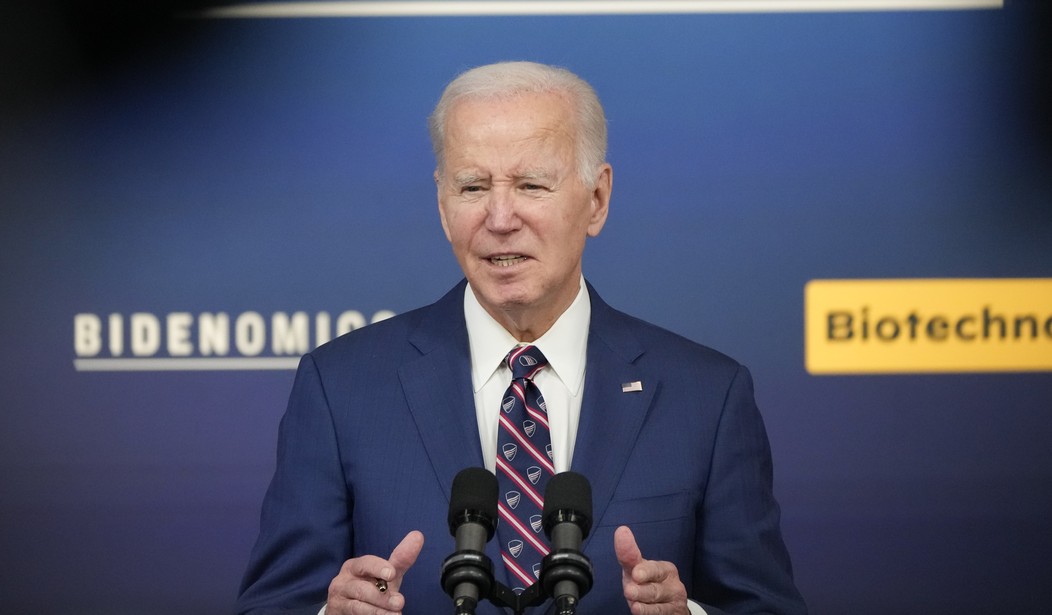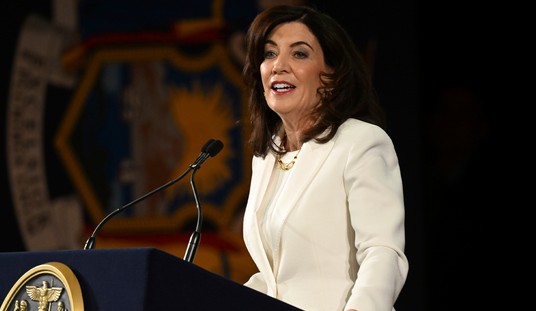The Personal Consumption Expenditures (PCE) price index increased again in September according to the latest report from the U.S. Commerce Department's Bureau of Economic Analysis (BEA) — again debunking Biden administration claims that inflation is "going down."
Instead of reversing course and giving relief to Americans struggling to make ends meet, headline PCE inflation increased 0.4 percent in September according to the BEA. Core PCE meanwhile — which excludes volatile food and energy costs — increased 0.3 percent, triple the monthly increase recorded in the previous month of August.
In the chart below, the wrong-way month over month acceleration of PCE inflation is clear:
In month/month terms, headline PCE #inflation (blue) +0.4% vs. +0.4% prior; core (orange) +0.3% vs. +0.1% prior pic.twitter.com/XZMU6Dgcae
— Liz Ann Sonders (@LizAnnSonders) October 27, 2023
On an annual basis, measuring September 2023 against September 2022, the PCE price index increased 3.4 percent and core PCE inflation jumped 3.7 percent. That is, inflation measured by the PCE price index — known as the Federal Reserve's preferred gauge — continues to accelerate upward rather than showing signs of subsiding.
⚠️BREAKING:
— Investing.com (@Investingcom) October 27, 2023
*U.S PCE PRICE INDEX 0.4% M/M, EXP. 0.3%
*U.S. CORE PCE PRICE INDEX 0.3% M/M, EXP. 0.3%
*U.S. PCE PRICE INDEX 3.4% Y/Y, EXP. 3.4%,
*U.S. CORE PCE PRICE INDEX 3.7% Y/Y, EXP. 3.7%
🇺🇸🇺🇸 pic.twitter.com/c506SFe5r6
Recommended
Notably, the annual advances of 3.4 and 3.7 percent are well above the Fed's target inflation rate of just 2.0 percent.
In addition, the September PCE data showed that personal incomes increased 0.3 percent — less than was expected — meaning the 0.4 percent price index advance has inflation again outpacing Americans' earnings, leading to another month with negative real wages for workers.
Clearly, the Federal Reserve's interest rate hikes — bringing the target rates to their highest level in more than 20 years — have not caused inflation to be reversed. That's due in part to Biden administration spending policies that have created a "mirage" of economic growth, one that can't last forever. Perhaps Biden is hoping to keep up appearances of a strong econonomy until after the 2024 election? Even if he's able to keep propping data up and furiously spinning even bad news as good, the American people have not been buying what the White House is selling. Americans have soured on Biden's performance in general, but his handling of the economy has routinely drawn some of his worst marks due to persistent high inflation.
The Federal Reserve is set to meet at the end of October and the Federal Open Market Committee (FOMC) will again announce a decision on interest rates — to continue a "pause" as at the last meeting or to raise rates again. Given the accelerating inflation reported in the September PCE price index and the third quarter GDP data released on Thursday, it seems the Fed doesn't have a choice but to raise rates again — but the apparent need to raise the barriers to continued spending hasn't always translated into Fed action.

























Join the conversation as a VIP Member